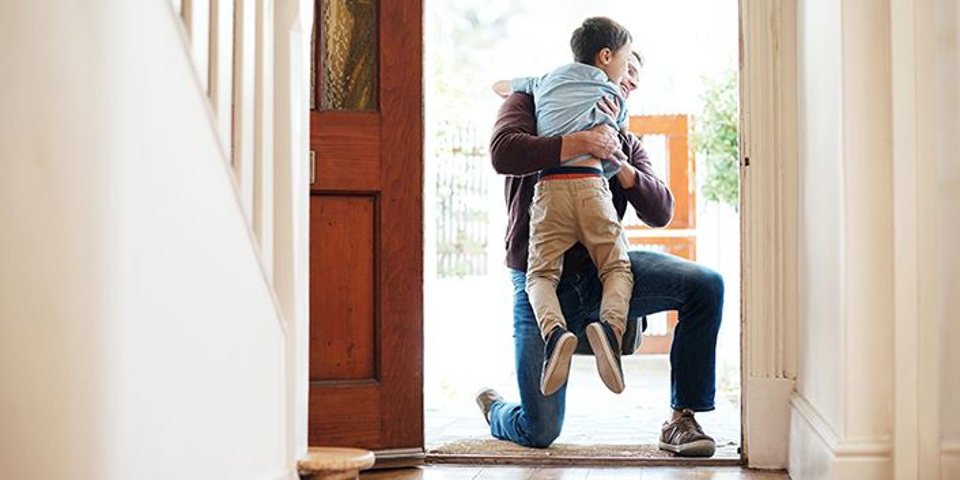Dog bites are often thought to only come from aggressive, territorial or injured animals, but the reality is that any dog can bite or attack when threatened, hurt, sick or otherwise inclined to do so. Even an excited family pet can nip or bite in the wrong circumstances.
You don't want to have to deal with a bite, so it's a good idea to learn how to recognize when a dog may become aggressive and how to avoid a bite completely. Here are three tips that may help.
1. Recognize when a dog is overly excited or nervous
The body language a dog shows is readily apparent and easy to read. However, the signs people are taught mean a dog is friendly may also be a sign of fear. Wagging a tail could be fearful, for example, if the tail is down instead of up. Ears pressed down may show fear or submission. Even barking, which is normally seen as aggressive, might actually be playful or excited. You should look for negative signs, like licking the lips, pressing down the ears or tucking the tail. If the dog backs away, do not follow it.
2. Don't pet without permission
Another reason people suffer bites is that they don't think about reaching out to pet a dog on a leash or with its owner. The owner knows best. Ask if the dog is friendly and if you can pet it. They may say no, and you should accept that response.
3. Don't approach injured animals
Finally, if you see an injured animal, you may want to approach. However, injuries can make a dog lash out. Call 911 or the local police, animal control or others with experience in rescue to get the animal the help it needs.
These are three tips that can help prevent you from suffering a bite. Be cautious, and you can avoid an injury.





